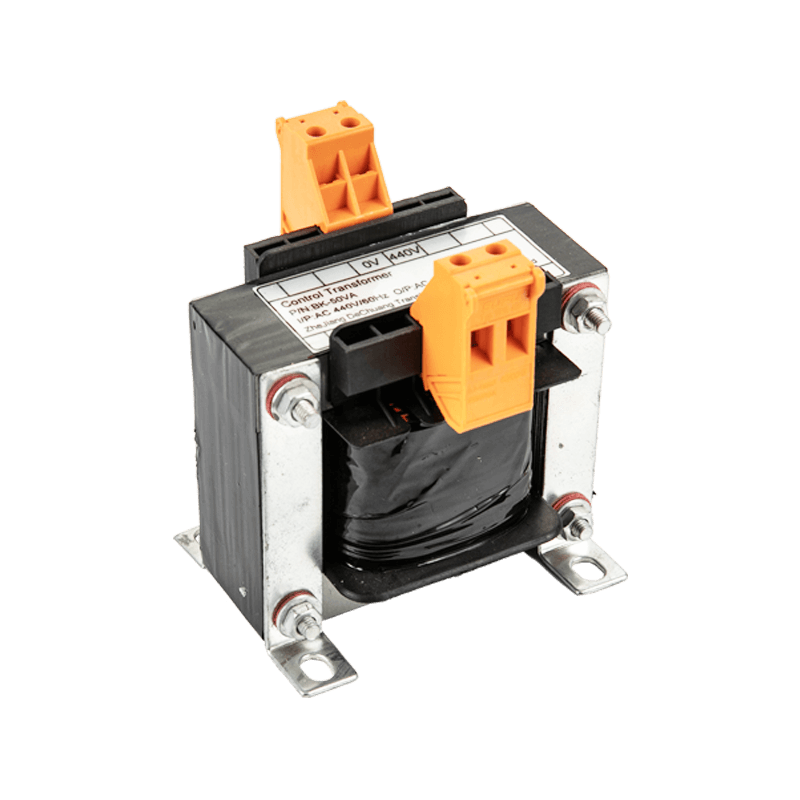

Let's take a simple look below: 1. The basic working pr […]
Let's take a simple look below:
1. The basic working principle of the transformer
It is mainly introduced through the comparison of the two formulas, and professional people will understand it after reading it.
E1=4.44fN1BmS and E2=4.44fN2BmS, current ratio and voltage ratio.
2. Transformer no-load characteristics
First of all, we have to know the main magnetic flux Φm and leakage flux ΦL1, in nature: Φm has a nonlinear relationship with I0; ΦL1 has a linear relationship with I0. In a small number: Φm accounts for more than 99%, and ΦL1 only accounts for less than 1%. In terms of function: Φm plays the role of transmitting energy, and ΦL1 plays the role of leakage resistance and pressure drop.

3. The load operation of the transformer
The primary side is connected to the AC power supply, the secondary side is connected to the load, and the load current flows through the secondary side. This situation is called load operation.
4. Transformer classification
a. Transformers are classified according to their objects, which can be classified into the following categories: power transformers, distribution transformers, converter transformers, test transformers, special transformers that can be used in different industries (for example: rectifier transformers, traction transformers, etc.), Transformers for the electronics industry.
b. From the difference of cooling and insulating medium, it can be summarized into the following categories: oil-immersed transformer, gas-insulated transformer, dry-type transformer.
c. There are two basic forms of transformers: shell-type transformers and core-type transformers. Their difference is mainly in the magnetic circuit, that is, the distribution of the core: the yoke of the shell-type transformer core surrounds the coil, as if to form a shell, hence the name. The core of the core transformer is mostly in the coil. Only part of it forms an iron yoke as a magnetic circuit outside the coil. The electromagnetic principle of shell-type transformers or core-type transformers is exactly the same.
Zhejiang Dechuang Transformer Manufacturing Co., Ltd.